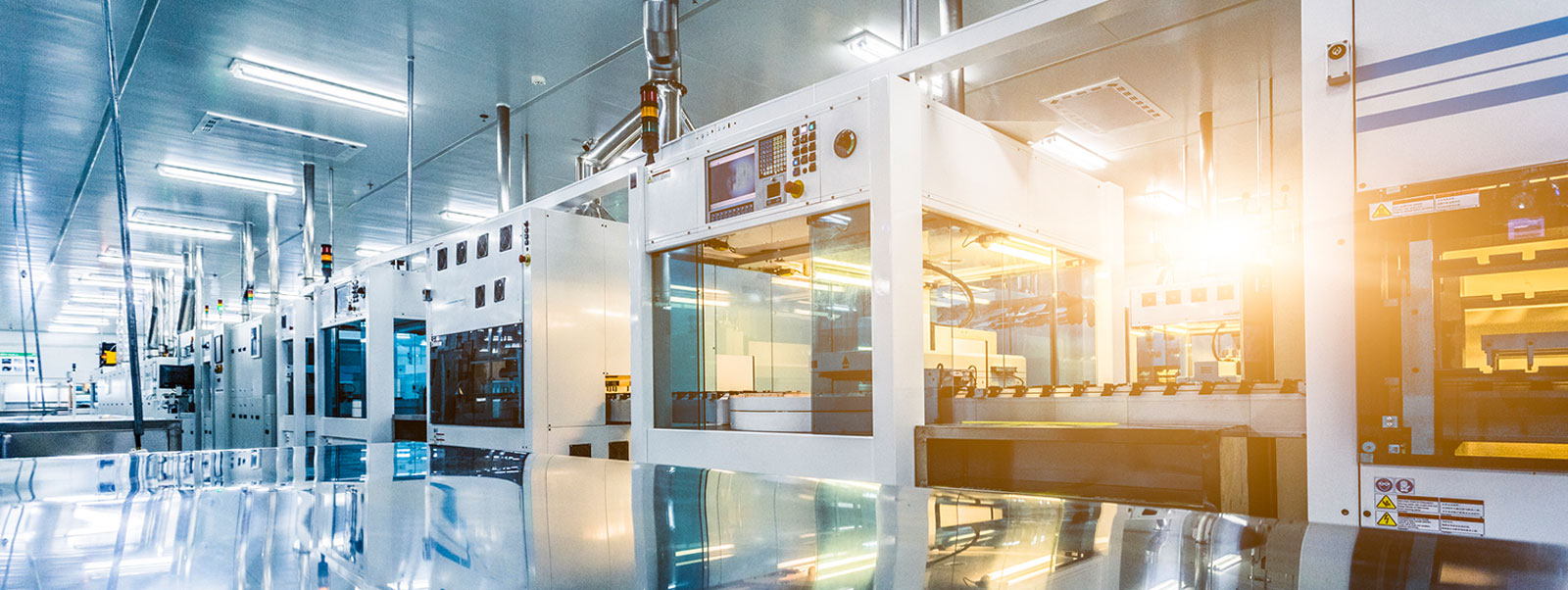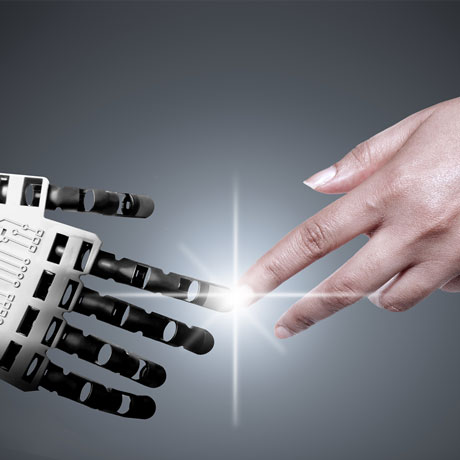Where do good business ideas come from? In many cases, from businesses in other sectors. The service sector, for instance, has made some of its greatest leaps forward by imitating developments in manufacturing.
Here are some examples:
The assembly line In December 1913, Henry Ford launched the first assembly line for autos. The idea, borrowed from Chicago’s slaughter houses, was simple: the process of assembling a car was broken into its component parts, and the “auto-to-be” traveled from station to station, where workers would perform a single task—install the motor, attach the wheels—with all the tools and parts they needed near at hand. In terms of productivity, the line was a spectacular success: Ford's innovations cut production time for the Model T from 12 hours and eight minutes in 1913, to one car every 24 seconds in 1927 when the last of the model Ts were manufactured.
More recently, the service industry has created assembly lines of its own. Think of the mortgage business. Originally mortgage fulfillment followed an artisan model, where a single individual did all the work associated with processing a loan application: this person would verify income, verify taxes, and pull the appraisal report— the works. But over time, mortgage providers have shifted to using expert-based component teams: a tax team, an employment verification team, an income verification team, an appraisal team as examples. The loan file moves like a car on an assembly line from station to station, and each station must complete its work before the next station will accept the file, not-withstanding that some stations can initiate work ahead of the loan file arriving so work proceeds in parallel, a factor that greatly reduces cycle time and the amount of rework that has to be done. Quality generally improves because people who do the same work again and again become really good at it. In addition, jobs become more predictable, which leads to more satisfied employees.
Barcodes and RFID Barcodes and universal product codes (UPCs) found their first great success in retailing, but the concept soon spread throughout both manufacturing and service sectors, and barcodes were used to track everything from auto transmissions to hospital patients. But when the barcode evolved to the radio-frequency identification (RFID) tag in the early 2000s, it was manufacturers who pioneered the next generation of automatic identification, tagging everything from semiconductor chips to batches of freshly mined ore, and using it not just to manage the supply chain but to organize and refine manufacturing processes.
That next generation approach to automatic ID has migrated to the service sector, where it has revolutionized the handling, processing, and filing of documents, and has helped the scale-up of imaging technologies. Today, an incoming customer service query, a loan application, or a work order is assigned an identification code and tagged with a barcode that allows the document to be tracked in either paper or scanned form. The mortgage industry and telecom companies have led the way in this use, but others are not far.
The Toyota production systemAt the heart of Toyota’s remarkable innovations in manufacturing productivity and quality is the notion of product architectures. Toyota learned to look at commonality in its automobile models and used it to create a common chassis across models. The result: multiple models could share the tooling, equipment, dies, and even individual parts. Once the common core has been established, it is possible to layer variations and customization on top, leading eventually to today’s customized-to-order cars.
The service sector has created its own version of chassis and add-ons. You can see the approach in telephone service plans, mortgages, and credit cards, all of which offer customers a wide variety of options and combinations of options. The key for the companies offering them: underneath the apparent liberty of choice, there are well-defined “chassis” of shared features, which permit the products to be processed and serviced through a single back-office instead of requiring individual back-office processes for each product. Processes are aligned along what is common rather than what is unique, significantly increasing throughput and efficiency.
What should service organizations borrow next from manufacturing? Certainly the area of greatest interest today is robotics and the idea of replacing human-driven processes with software “bots.” (My colleague Steve Scemama talks about the trend here.) Beyond that, the picture is less clear. Here’s what is clear: the rise of information technology has made service functions surprisingly similar to manufacturing functions. That means that there’s every chance the next big idea in manufacturing will be a big idea for service. We should all stay tuned.








